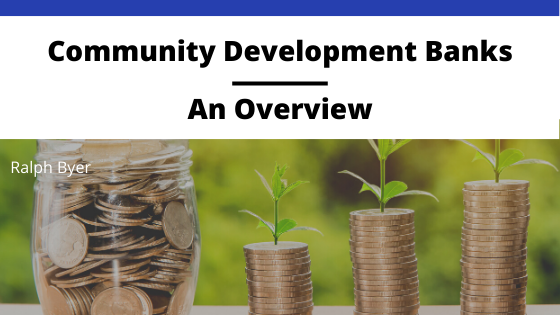According to the FDIC, an estimated 24 million American households were ‘underbanked’ in 2017. These underbanked Americans tend to be poorer and less educated. These individuals can find it difficult to access mainstream financial services, such as savings accounts or loans to start a business or purchase homes. Large, conventional banks hesitate to open branches in these communities because of unreliability of the traditional credit score or background check to assess creditworthiness. In recent years, alternate institutions have grown to meet the needs of these households. Known as community development banks, these banks tailor their services to the needs of the underbanked, using alternate means of assessing creditworthiness and often employing education and vocational training programs to ensure that clients can make the most out of their newly available capital.
Community-Oriented Policies
Operating in an unconventional market means eschewing regular banking policies for more creative measures. For example, some banks go door-to-door in a client’s neighborhood to interview neighbors to assess reputation before originating a loan.
Other CDBs provide continuing financial literacy education to clients to whom they’ve extended credit. This helps home owners manage their income so payments are made on time, and helps businesses earn more revenue to pay off debts. Still, other CDBs issue their own local currency to encourage keeping wealth in the community.
CDBs also serve as a link between their communities and the larger financial system. Many partner with larger banks, who provide capital in exchange for the ability to tap a previously unreachable market.
Support
There are several government programs available to community development banks. In the United States, for example, the Community Development Financial Institutions Fund provides loan guarantees and incentives for certified community development banks in economically distressed areas. The Community Development Bankers Association is a trade organization providing support for all sizes of CDBs.
Conclusion
With their unconventional policies, community development banks represent an emerging means for underserved communities to access mainstream financial products. This arrangement benefits the community, who now has access to much-needed capital to grow their businesses and incomes, and the community development bank itself as their customers grow richer. These banks represent a new way to bring banking to all.
